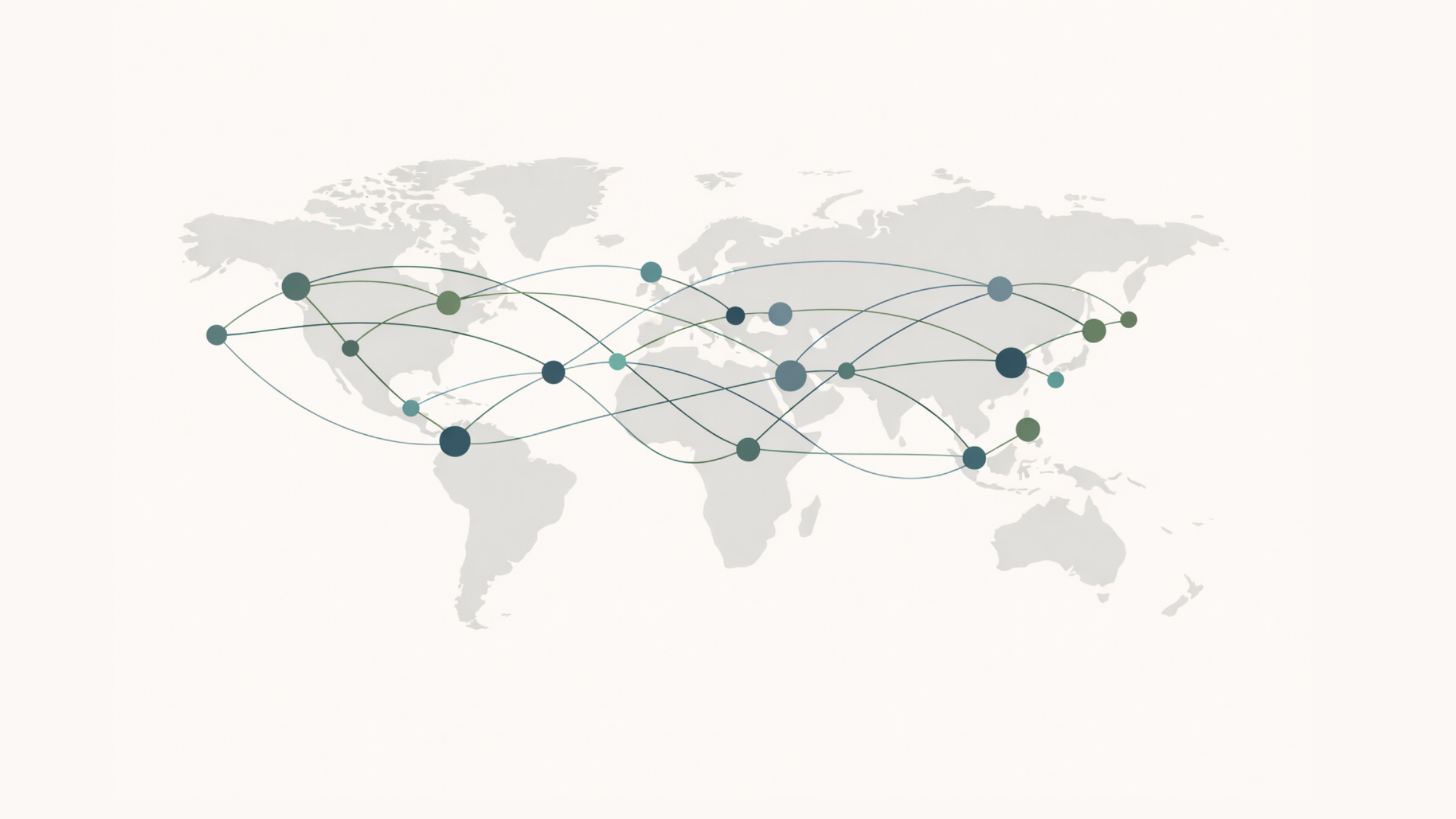By Bahar Gidwani
There are many world problems that we don’t experience personally. I got “concrete proof” last week of one that I’d only heard about abstractly, before.
I was scurrying to a meeting in Midtown. I got to the corner of Madison and 43rd and was just going to cross the street when something on the sidewalk caught my eye.
It was a colorful bird’s severed head. New Yorkers swirled past me on all sides, threatening to stomp on it with their stilettos or smash it with their rolling bags. I looked upwards and saw the sheer sides of a towering, stone and glass faced office building. Then, I remembered an article I’d seen recently that estimated that 25,000 birds die each year, when they crash into New York City skyscrapers.
43rd and Madison—the bird is on the right.
New York sits in the middle of a major bird migration route. Each year, birds of all sizes and shapes stop off in the swamps and fields of the Hudson River’s delta to have a bite to eat, take sip of water, and rest a bit. Many of them show up late in the day or travel at night.
As birds fly through our area, they get confused by the lights on our buildings or fail to avoid the large, dark, reflective windows that we’ve coated them with. This is apparently not a new issue. For example, here is a quote from an old newspaper report: “On the evening of 22 August 1888, after a cold front passed through New York City, almost 1,500 migratory birds were found dead below the nearby Statue of Liberty, apparently drawn to the newly installed electric lights on the statue.” The problem is also not unique to New York City. Portland’s extensive guide for making buildings “bird safe” cites a scientific estimate that 34 million birds die each year in the US from collisions with buildings.
The article that made me aware of the problem spoke of building workers whose daily ritual included sweeping up piles of dead and damaged birds. When I thought of how sad my one example made me, I knew I’d found another job I couldn’t/wouldn’t do.
As with most problems, there are solutions. However, those that exist seem to be neither simple nor popular. They include:
- Turn off the floodlights. Yes, New York’s skyline is beautiful at night—a never-ending show that delights those who see it. But, the lights consume a fair amount of energy (the Empire State Building’s lights were turned off for a while during the 1973 energy crisis) and they confuse birds. A number of buildings have agreed to cut back the hours they show lights. Perhaps we could go further and light buildings only on weekends (5/7 fewer bird deaths from lights?).
- Shorter towers. Most birds migrate at about 2,000 feet—well above the height of most skyscrapers. (The Empire State Building is 1,424 feet tall.) However, birds do fly lower if there is fog or rain. If all new buildings were below 1,000 feet, we might at least keep things from getting worse. Unfortunately, New York is currently in the midst of building a bunch of new super tall residential skyscrapers. Will the people who own their penthouses enjoy hearing birds bounce off their terrace windows?
- Make tall buildings bird friendly. Birds don’t seem to crash into mountains or tall trees. They are sensitive to certain colors of light and can see windows when they have certain patterns etched on the inside. It should be possible to change window designs, add nets, or design a building shape that birds can recognize and avoid. More work is needed here—and installing these systems won’t be free. New York Audobon Society has a great handbook on this subject, plus there is the Portland article I mentioned before and support from our friends at LEED via their Pilot Credit 55.
Perhaps you have something to add? Please share your comments with me. I’d like to help raise awareness about this issue, and see only live pigeons on our sidewalks.
 Bahar Gidwani is CEO and Co-founder of CSRHub. He has built and run large technology-based businesses for many years. Bahar holds a CFA, worked on Wall Street with Kidder, Peabody, and with McKinsey & Co. Bahar has consulted to a number of major companies and currently serves on the board of several software and Web companies. He has an MBA from Harvard Business School and an undergraduate degree in physics and astronomy. Bahar is a member of the SASB Advisory Board. He plays bridge, races sailboats, and is based in New York City.
Bahar Gidwani is CEO and Co-founder of CSRHub. He has built and run large technology-based businesses for many years. Bahar holds a CFA, worked on Wall Street with Kidder, Peabody, and with McKinsey & Co. Bahar has consulted to a number of major companies and currently serves on the board of several software and Web companies. He has an MBA from Harvard Business School and an undergraduate degree in physics and astronomy. Bahar is a member of the SASB Advisory Board. He plays bridge, races sailboats, and is based in New York City.
CSRHub provides access to corporate social responsibility and sustainability ratings and information on 9,200+ companies from 135 industries in 106 countries. By aggregating and normalizing the information from 348 data sources, CSRHub has created a broad, consistent rating system and a searchable database that links millions of rating elements back to their source. Managers, researchers and activists use CSRHub to benchmark company performance, learn how stakeholders evaluate company CSR practices and seek ways to change the world.



.png)
